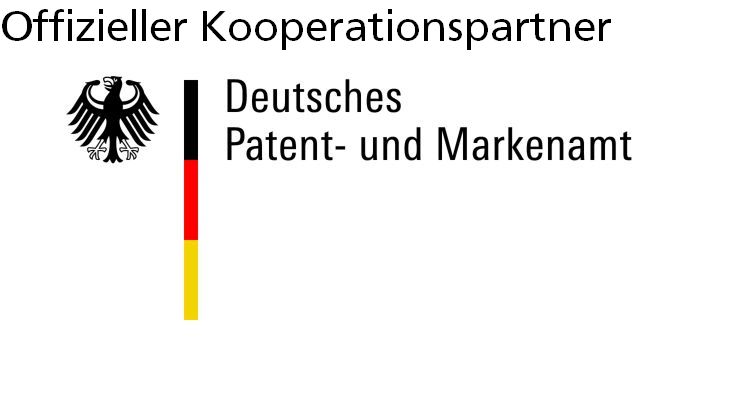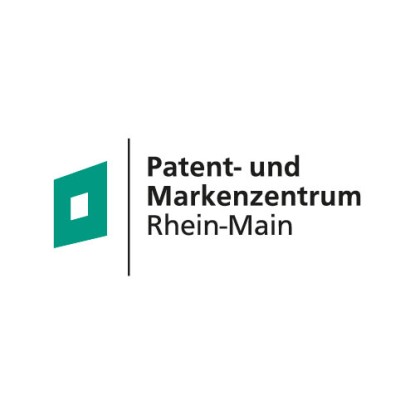What forms of trade mark are there?
There are several different forms of trade mark
The most common forms in which trade marks are registered are words (word marks) or images (figurative marks) – as well as combinations of these (word/figurative marks). Alongside these are special trade mark forms such as three-dimensional marks and colour marks.
Trade mark forms and their images
What are the Nice classes and Vienna classes?
How do I apply for a trade mark?
What are grounds for refusal?
Why should I conduct a trade mark search prior to filing an application?
Why should I defend my trade mark?
Trade mark classification
A trade mark is registered for specific goods and/or services. The goods and services are categorised according to an internationally harmonised system, the so-called “Nice Classification” comprising 45 classes. Figurative elements of a trade mark can be categorised according to the “Vienna Classification (opens in new tab)”.
Registering a trade mark
What are grounds for refusal?
The DPMA examines the trade mark application with regard to absolute grounds for refusal. Absolute grounds for refusal include:
- a lack of distinctiveness
- descriptive terms which must be kept freely available for general use
- an emblem of state included in the trade mark
- offence against public policy or accepted principles of morality.
Caution: When an application is made, the German Patent and Trade Mark Office does not check whether a similar or identical trade mark already exists. Failure to carry out a thorough search in advance may result in high costs incurred during opposition proceedings.
Why should I conduct a trade mark search prior to filing an application?
You have taken the grounds for refusal into consideration and would like to register your trade mark. Now you should conduct a thorough trade mark search in advance because only then can you ensure that
- you are not infringing on existing rights based on identical or similar trade mark forms,
- you do not receive notice of a warning/opposition and
- the trade mark is in itself similar or the designated goods or services do not overlap with trade marks which have already been registered.
Failure to investigate these matters can have costly consequences:
- The owner of the earlier trade mark can apply for the cancellation of your later trade mark. The cost of filing an application will not be reimbursed.
- In the event of an infringement of third-party rights, the latter can claim damages and/or a notional licence fee.
Trade mark monitoring
The level of awareness enjoyed by a company is often an indicator of its success. The company name or logo stands for this success. Others want to have a share in this but without making the same effort you have – by exploiting your trade mark illegally.
To protect your trade mark against illegal exploitation and therefore also safeguard the success of your company, regular monitoring of new registrations of other trade marks which are similar or even identical to yours is an essential part of brand strategy.
We’re happy to help you with:
- a trade mark search to protect against infringement of third-party rights
- compiling a solid trade mark strategy
- defending your trade mark by means of trade mark monitoring and
- advice on getting started with trade mark protection.



